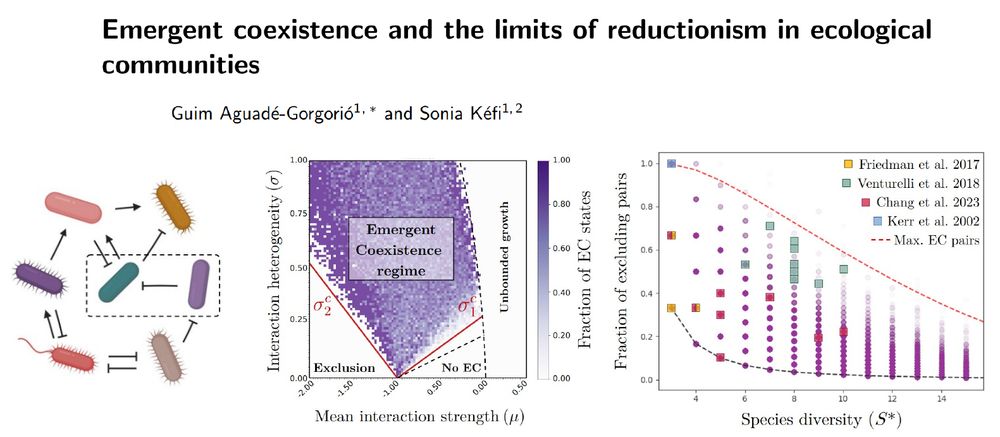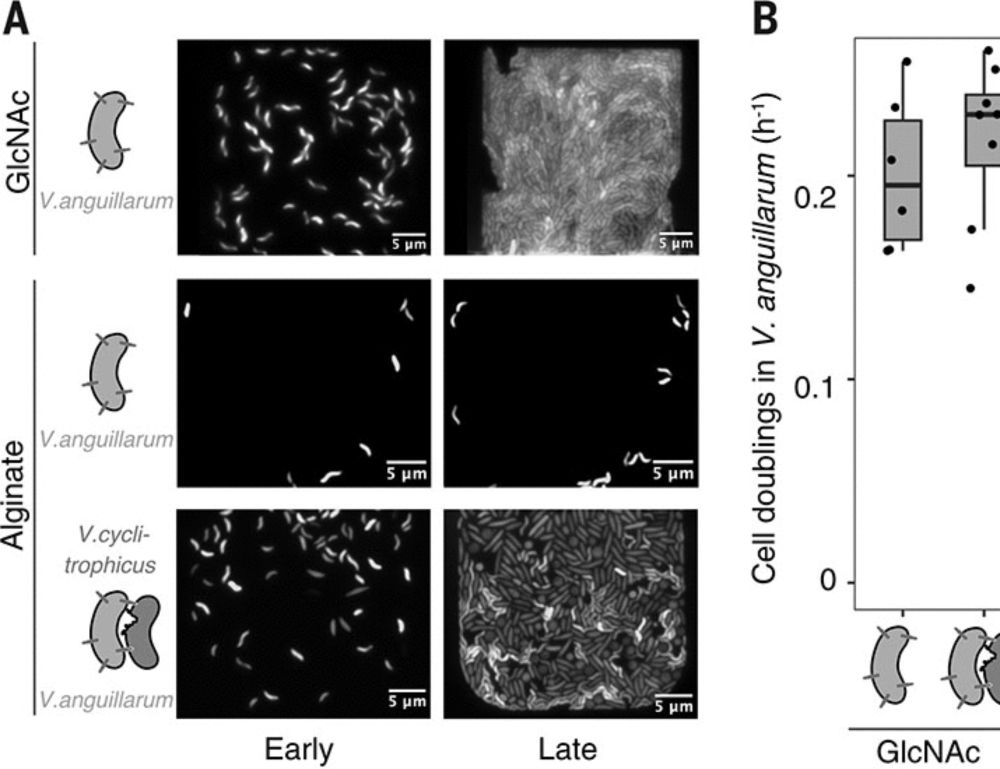Member of MetaboHub consortium
❓️ Focus on microbial metabolism for biotechnology and health
🛠 Main tools: modeling, fluxomics, metabolomics, isotope-based approaches
First first-author paper of Thomas Gosselin-Monplaisir 🥳
👉 Read it here: urlr.me/82Zspc
Editorial @nature.com this week
And 7 basic science discoveries that changed the world
nature.com/articles/d41...
nature.com/articles/d41...


Editorial @nature.com this week
And 7 basic science discoveries that changed the world
nature.com/articles/d41...
nature.com/articles/d41...
Turns out we can harness the power of bacteria to power the world’s smallest machines.
1/7 ⚛️🧪
Turns out we can harness the power of bacteria to power the world’s smallest machines.
1/7 ⚛️🧪
journals.plos.org/ploscompbiol...

journals.plos.org/ploscompbiol...
doi.org/10.1021/acss...

doi.org/10.1021/acss...

“A blueprint for designing the next-generation of synthetic C1 microbes”
We propose a framework to unlock sustainable, carbon-efficient biomanufacturing using non-canonical hosts.
🔗 www.nature.com/articles/s41... A short 🧵1/4

“A blueprint for designing the next-generation of synthetic C1 microbes”
We propose a framework to unlock sustainable, carbon-efficient biomanufacturing using non-canonical hosts.
🔗 www.nature.com/articles/s41... A short 🧵1/4

Afin d'évaluer sa viabilité/pertinence pour la communication scientifique, cette étude présente une analyse à grande échelle de la diffusion d'articles scientifiques sur Bluesky.
1/5

Afin d'évaluer sa viabilité/pertinence pour la communication scientifique, cette étude présente une analyse à grande échelle de la diffusion d'articles scientifiques sur Bluesky.
1/5

📖 Preprint: www.biorxiv.org/content/10.1...
🔍 Explorer: explore.omnipathdb.org
OmniPath integrates 160+ resources for multi-omics analysis & modeling.
🧶⬇️

📖 Preprint: www.biorxiv.org/content/10.1...
🔍 Explorer: explore.omnipathdb.org
OmniPath integrates 160+ resources for multi-omics analysis & modeling.
🧶⬇️
www.science.org/doi/10.1126/...
#MicroSKy #Microbiology

www.science.org/doi/10.1126/...
#MicroSKy #Microbiology
and thank you for giving the chance to be a (small) part of this very cool work!
"Microbes release lower-value metabolites at higher rates" 🦠
www.biorxiv.org/content/10.1...

and thank you for giving the chance to be a (small) part of this very cool work!
"Microbes release lower-value metabolites at higher rates" 🦠
First first-author paper of Thomas Gosselin-Monplaisir 🥳
👉 Read it here: urlr.me/82Zspc
First first-author paper of Thomas Gosselin-Monplaisir 🥳
👉 Read it here: urlr.me/82Zspc

Plasmid copy number ≈ 2.5% of chromosome size—consistent across bacterial species!
pmc.ncbi.nlm.nih.gov/articles/PMC... @jerorb.bsky.social
🧪 #microbesky

Plasmid copy number ≈ 2.5% of chromosome size—consistent across bacterial species!
pmc.ncbi.nlm.nih.gov/articles/PMC... @jerorb.bsky.social
🧪 #microbesky

I would love to hear from you if you are interested and I'd also appreciate if everyone could share this far and wide!

I would love to hear from you if you are interested and I'd also appreciate if everyone could share this far and wide!
Congrats Hannah Ochner and authors on this important paper! Strong collaboration with @kiranrpatil.bsky.social
www.biorxiv.org/cgi/content/...
@mrclmb.bsky.social @wellcometrust.bsky.social

Congrats Hannah Ochner and authors on this important paper! Strong collaboration with @kiranrpatil.bsky.social
www.biorxiv.org/cgi/content/...
@mrclmb.bsky.social @wellcometrust.bsky.social
Postdoc in adaptive laboratory evolution and C1 synthetic metabolism!
Location: DTU Biosustain
🦠🧬🔬
Starting in 01/2026!
Fell free to reach out if you have questions!
efzu.fa.em2.oraclecloud.com/hcmUI/Candid...
Postdoc in adaptive laboratory evolution and C1 synthetic metabolism!
Location: DTU Biosustain
🦠🧬🔬
Starting in 01/2026!
Fell free to reach out if you have questions!
efzu.fa.em2.oraclecloud.com/hcmUI/Candid...
Agile methods are going to lose ground, and we’ll go back to requirement documents and specifications/designs carefully tied up in advance.
And this poses an educational challenge.

www.cell.com/cell/fulltex...

www.cell.com/cell/fulltex...


